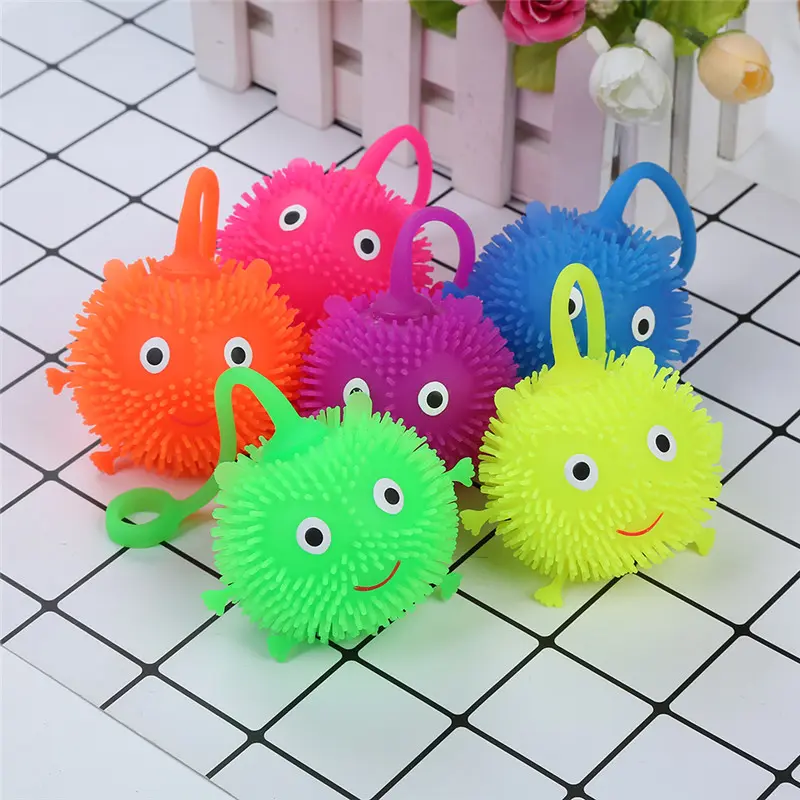Unzipping toys 2025 global export data analysis
outline
Introduction to Stress-Relief Toys
Global Market Overview
Export Data Analysis
Main Export Markets
Export Product Types
Future Trends and Opportunities
1. Introduction to Stress-Relief Toys
Stress-relief toys have become increasingly popular in recent years, evolving from niche products to mainstream items that cater to a wide range of consumers. These toys are designed to help individuals manage stress and anxiety through tactile stimulation and engaging activities. They come in various forms, such as fidget spinners, slime, stress balls, and more. The global market for stress-relief toys is projected to reach $58.8 billion in 2025, with a compound annual growth rate (CAGR) of 6.6%. This growth is driven by increasing awareness of mental health and the need for effective stress management tools.
2. Global Market Overview
The global stress-relief toy market is experiencing significant expansion, with key regions such as North America, Europe, and Asia-Pacific leading the way. These regions have high consumer demand for innovative and effective stress-relief solutions. The market is characterized by a diverse range of products that cater to different age groups and preferences. The primary consumer segments include Z-generation individuals, who are digital natives facing multiple pressures, and high-pressure office workers seeking quick and convenient stress relief. Additionally, stress-relief toys are being used in therapeutic settings to assist children with special needs, further expanding their market potential.
3. Export Data Analysis
In 2024, the global stress-relief toy market was valued at $55.2 billion, and it is expected to grow to $58.8 billion in 2025. This growth is attributed to increasing consumer awareness and the maturation of the industry. China, in particular, has shown strong growth, with its market size doubling from $5 billion to $10 billion between 2015 and 2019, and further increasing to over $20 billion in 2024. The Chinese market is expected to continue this upward trend, driven by domestic consumption and robust export activities.
4. Main Export Markets
The primary export markets for stress-relief toys include North America, Europe, and the Asia-Pacific region. These regions have high consumer demand for innovative and effective stress-relief solutions. North America and Europe are mature markets with a preference for high-quality, innovative products that incorporate technology and eco-friendly materials. The Asia-Pacific region, on the other hand, is characterized by rapid growth and a strong cultural affinity for collectible and aesthetically pleasing items. Emerging markets such as Southeast Asia and Latin America are also showing promising growth, driven by increasing disposable incomes and a growing awareness of mental health.
5. Export Product Types
The product types exported vary widely, reflecting the diverse needs and preferences of global consumers. Popular categories include:
Finger Fidgets and Spinners: These are simple, portable toys that provide tactile stimulation and are popular among both children and adults.
Slime and Putty: These products offer a sensory experience that can be both calming and engaging.
Smart Stress Balls: These incorporate technology to provide interactive stress relief, appealing to tech-savvy consumers.
Customizable and Collectible Toys: These cater to the growing trend of personalization and collectability, with products often featuring popular IP characters.
6. Future Trends and Opportunities
The future of the stress-relief toy market looks promising, with several trends and opportunities emerging. The industry is expected to evolve from simple stress relief to a broader category of emotional consumer goods. This shift will be characterized by:
Personalization: Leveraging AI and 3D printing to offer highly customized products that meet individual emotional needs.
Integration with Health and Wellness: Combining stress-relief toys with functions such as health monitoring, meditation assistance, and counseling psychology.
Sustainability: Incorporating eco-friendly materials and sustainable production practices to appeal to environmentally conscious consumers.
Cross-Border E-commerce: Utilizing independent sites and social media e-commerce to directly reach global consumers, leveraging user data for precise marketing and product iteration.
Post time: Aug-13-2025

